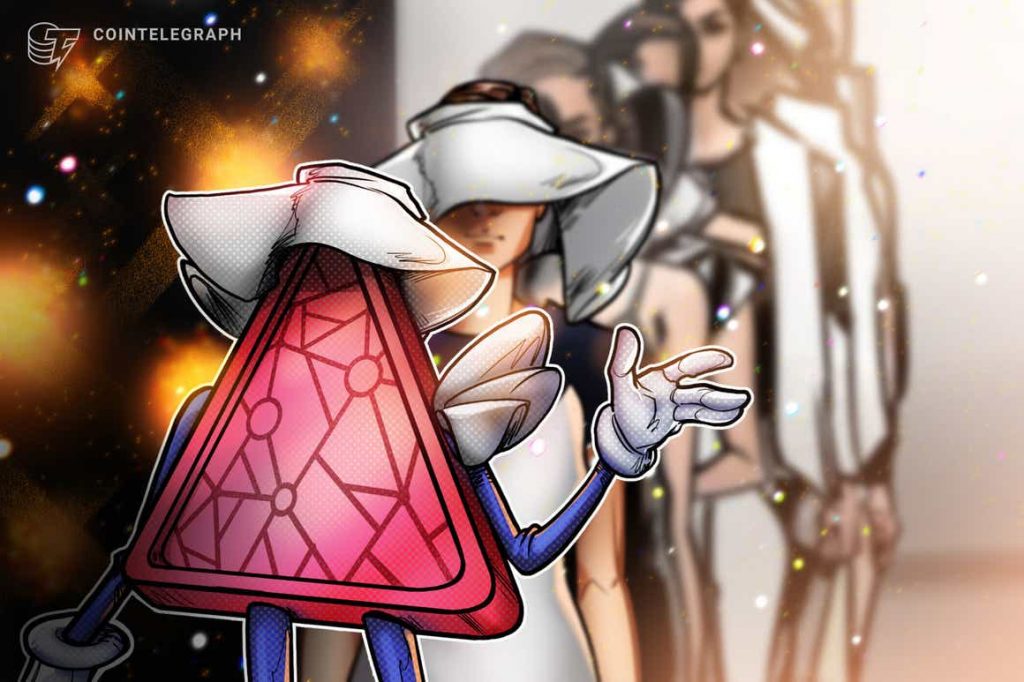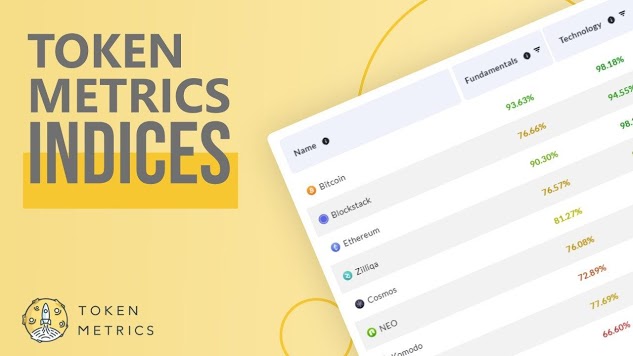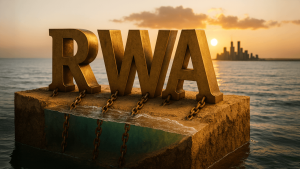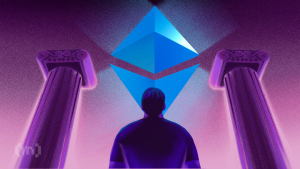Unlocking utility is key for fashion brands launching NFTs in 2022

Nonfungible tokens, or NFTs, have become one of the most discussed markets in the crypto space this year. A recent report from Cointelegraph Research found that NFT sales are aiming for a $17.7 billion record by the end of 2021.
This may very well be the case, as a number of mainstream brands have begun launching NFTs. According to recent research from Bain & Company and the online luxury fashion platform Farfetch, digital interactions with consumers are becoming increasingly important for brands. The report specifically states that “digital interaction with peers is on the rise when choosing to purchase a product.” As such, nonfungible tokens tied directly to brands and their consumers are now more important than ever before.
Understanding what utility means for fashion NFTs
While it’s notable that mainstream labels like Adidas, Dolce & Gabbana and others have already released NFTs, the utility behind nonfungible tokens is proving to be the real key to a fashion brand’s success. Karinna Grant, co-chief executive officer of The Dematerialised, a digital fashion marketplace, told Cointelegraph that utilities are what give nonfungible tokens purpose and value:
“Just as in real-life, where a physical card can scan you access into a club, a utility can be anything from using the NFT as a membership pass to the ability to wear an asset in a game, or incorporating a sustainability or social responsibility benefit for purchasers of the NFT.”
Grant noted that The Dematerialised has experimented with multiple forms of utility with each of the fashion NFT drips the platform has launched. She explained that previous releases have included utilities like wearing or playing with a 3D asset in augmented reality, or unlocking access to brand communities. “With Rebecca Minkoff’s sold-out NFT collection in September, the highest tier of NFTs unlocked VIP access to brand experiences for a year.” She added: “Karl Lagerfeld’s “x Endless” collection provided an opportunity for owners of Karl collectibles, an IRL and URL ticket to a brand event in Paris in 2022, which will feature another launch where only Karl holders will be invited to take part.”
It’s become clear that fashion NFTs must offer some type of consumer engagement, allowing brands to interact with individuals in both the physical and the digital worlds. Avery Akkineni, president of VaynerNFT — an NFT consultancy agency — told Cointelegraph that while the utility of some NFTs can simply be for the sake of art, brands launching NFTs require deeper functionality built upon an existing community.
For example, Akkineni shared that VaynerNFT recently helped the global fashion house, Coach, launch its first NFT collection, which featured eight Coach Holiday animals from the brands’ Snow City digital game. Akkineni added that the NFT launch was also in celebration of Coach’s 80th birthday, which resulted in the creation of 80 unique digital art pieces featuring the eight Coach holiday animals.
Akkineni explained that each digital Coach NFT also grants the right for the initial holders to receive one complimentary made-to-order physical rogue bag in 2022. “Something that Coach wanted to do was to explore this new world of NFTs, but wanted to in a way that wouldn’t commercialize their IP or ask consumers to pay for anything,” she said. To efficiently engage with the Coach community, Akkineni mentioned that the Coach NFTs were given away for free during Dec. 17–24 this year:
“The Coach NFTs were claimable on the Polygon blockchain. Coach made sure not to commercialize too early and to learn about the space to gauge demand to see if their audience was interested in NFTs.”
Fashion NFTs must also function in the Metaverse
The fact that brands must now interact with consumers both virtually and in real-life has also added an extra layer of technical utility to NFTs. As Bain & Company’s latest luxury goods report states, “new keywords and phrases — such as metaverse, personalization at scale, and tech stack — will come to the fore as the industry grows and evolves.”
As such, some companies have started to explore NFTs in the Metaverse. For example, Pet Krewe — a pet apparel e-commerce company — recently opened a digital commercial space in the Metaverse community known as “ShibaVerse.” Allison Albert, founder and chief executive officer of Pet Krewe, told Cointelegraph that the company is promoting its brand by featuring its NFT pet clothing in a Metaverse containing balloon dogs called “Shibaloons.”

According to Albert, Pet Krewe’s NFTs will be worn as unique designs that fit the Shibaloons. While Albert pointed out that these costumes can be held and swapped out on different Shibaloon dogs within ShibaVerse, Pet Krewe is using this digital commercial space as another form of brand engagement or marketing. “We can connect with dog-loving customers in a dog-centric Metaverse. This is reaching our customer base in an entirely different marketing element.”
The 18-year-old fashion label Mishka has also entered the NFT space with its famous eyeball logo. The collection of 6,696 NFTs is known as “The Keep Watch Crew,” or “KWC” for short. Greg Mishka, founder of Mishka NFT and the Keep Watch Crew, told Cointelegraph that Keep Watch is the most iconic and well-known branding element of Mishka, for both fans and the streetwear and fashion community.

Given the label’s strong user base, Mishka explained that the KWC NFTs are the next chapter for the brand. “The KWC is your ticket into what we like to call the MISHKAVERSE. Immediate utilities include lifetime discounts and exclusive merchandise,” he explained. Mishka added that the label is working on integrating Web3 elements to their website. “This would allow for consumers to verify the NFTs they own in order to access exclusive pages and drops via the website.”
Should fashion NFTs still be tied to physical items?
While the utility of fashion NFTs extends beyond simply offering digital items connected to physical goods, some in the industry believe that this is still one of the most important functions. For instance, Grant noted that connecting physical items to digital NFTs is a critical part of the adoption process for nonfungible tokens of all categories. She elaborated:
“We have a very interesting split perspective with our current community, with half asking for more physicals and half asking more digital-only. However, when we survey outside of our current community the figure is much higher. This makes sense as first-time or new NFT owners tend to still hold more traditional beliefs that physical products are more “valuable” than digital ones.”
Echoing Grant, Mishka commented that it’s important to have physical items that can be claimed or achieved by acquiring something in the Metaverse since most consumers still live in the “real world.”
This is why it shouldn’t come as a surprise that a mainstream fashion label like Coach gifted NFT holders with physical made-to-order rogue bags. Interestingly enough though, Akkineni mentioned that sometimes NFT holders don’t redeem their physical items, which has proven to be the case for other drops associated with consumer-facing brands. “VaynerNFT did a collaboration called “Anwar Carrots x Veefriends,” which was a collection sold at Nordstrom and made available to all “Self-Aware Hare” NFT holders. It was only after some reminders that the holders did claim the physical items,” she commented.
Fashion NFTs will be a trend
The rise of NFTs in 2021 has demonstrated growth moving forward for major brands. While companies like Nike have already taken steps to enter the Metaverse, more labels will follow suit. This has become the case as the world moves toward digital business models, which have also been promoted by the rise of COVID-19. For instance, Albert explained that Pet Krewe is still unsure of how COVID-19 is going to play out in 2022, noting that current supply chains are still being disrupted:
“We need to hedge our bets on alternative revenue streams. Entering into a metaverse that aligns with our own company values means that we can add additional revenue streams through art NFTs and digital wearables.”
Grant further remarked that The Dematerialised is excited for “behavior-changing launches,” which include using NFTs to disrupt physical production methods. However, it’s important to point out that brands will face challenges along the way.
According to Grant, fashion labels will encounter three main obstacles, with the first being a shift in thinking when it comes to the value of Web3 and digital ownership. Secondly, Grant explained that understanding the purpose and narrative of an NFT launch is important: “We support launches that are part of long term strategic commitments to Web3, not a marketing gimmick to briefly drive revenue.”
Finally, Grant pointed out that it will be challenging for major brands to ensure a 3D asset design pipeline in house. Yet Grant remains optimistic that these challenges will be resolved: “Mainstream adoption will come as more major fashion brands, influencers and creators get involved.”













